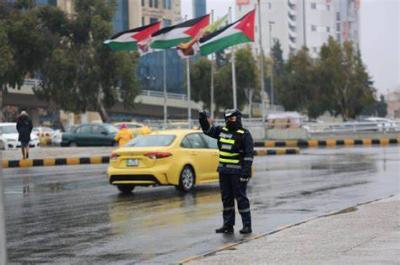Many Jordanians experienced confusion in recent hours after receiving messages on their phones indicating the announcement of a trial state of emergency. These messages informed users about the activation of the wireless emergency alerts service, which stirred a state of bewilderment.
**Government Response**
The official authorities clarified the reason behind these messages. Jordan's Minister of Digital Economy and Entrepreneurship, Ahmad Hananada, stated that the messages received by many phone users in Jordan, containing "critical emergency alarm," are part of a early warning system being tested by a technology company. He added in a statement to the "Mamlaka" channel today, Wednesday, that this system is being developed by a private sector company, after a contract was signed with them about a year ago to create an early warning system that can reach the phones of Jordanians when needed.
He pointed out that the company's intention was to send alerts to several phones to test the system, but the messages reached most Jordanians' devices. Hananada explained that this system serves as an early warning against accidents or unnatural disasters, sent via phones, and is implemented in many countries around the world.
Additionally, the Chairman of the Board of Commissioners of the Jordanian Communications Regulatory Authority, Bassam Sarhan, noted that the messages received by Android devices were part of an experiment being conducted by one of the companies over a specific geographical area, which will be adopted later after the experiment is generalized.
It is worth mentioning that this state of confusion was exacerbated by the tense situation in the region, especially in light of the escalating security and military confrontations between Israel on one side and Iran, Hezbollah, and Hamas on the other, following the assassination of the head of Hamas's political bureau, Ismail Haniyeh, in Tehran last week.
Wireless emergency alerts are a system used to warn individuals of potential or existing emergencies through notifications sent directly to mobile phones, such as natural disasters (like earthquakes or floods), public safety emergencies (like kidnappings or terrorist attacks), or even health warnings.




